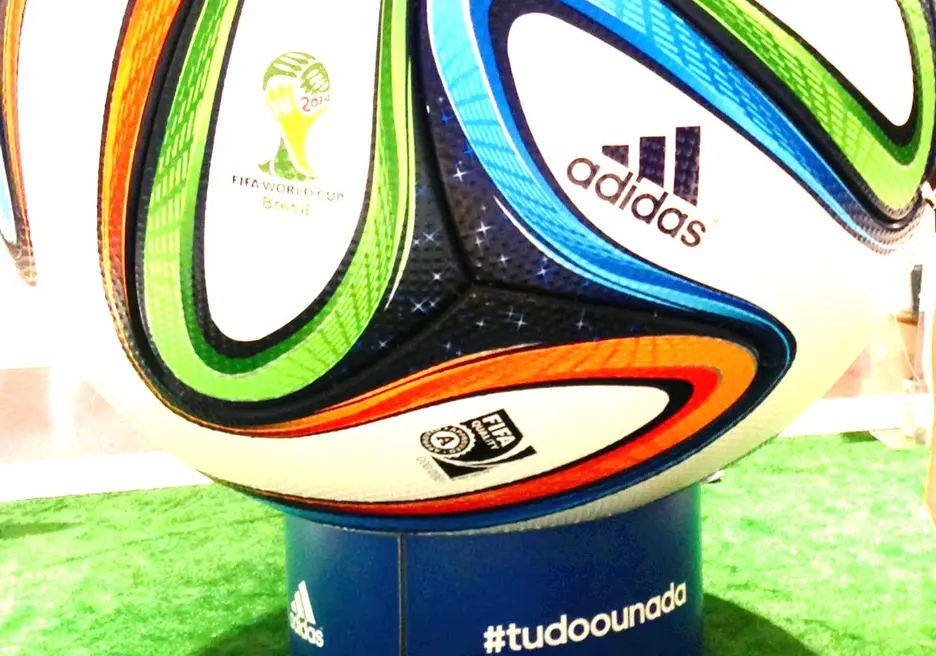And the 2014 FIFA World Cup Brazil Winner is... Sustainable Business

- Organic and Sustainable Brazil Campaign: in promoting sustainable agricultural practices and organic consumption, Brazil has launched the Organic and Sustainable Brazil Campaign. The goal of this campaign is to raise consumer’s awareness of the benefits of organic, pesticide-free and sustainable farming products. The initiative aims at promoting the organic product production chain, from the raw material producer and agribusinesses to retail markets, restaurants, hotels and end consumers, leaving a legacy to be followed. Kiosks, featuring organic produce and sustainable farming products, will be set up in 10 out of the 12 host cities. A number of agriculture cooperatives and sustainable farming associations were selected to market and promote their organic products, representing an estimate of 25,000 families who live off sustainable agriculture products across Brazil. In addition, the 18,000 volunteers participating in the event will receive a bag with non-perishable organic foods, to promote healthy and sustainable agricultural practices not only among the volunteers but also with the main event public.
- The Green Passport : launched with the United Nations Environment Programme, the Green Passport initiative aims to promote eco-tourism which supports economic and social development in travel destinations. A mobile application, the green passport provides visitors with sustainable tourism practices and advice on how to minimize their environmental impact while visiting Brazil. For example, it features an array of responsible tourism options in each of the 12 host cities such as public transportation, local cultural venues, bars, hotels and restaurants that practice eco-friendly measures. In addition, the establishments that participate in the initiative will be able to showcase its services among the public, a great platform for marketing while interacting with consumers and at the same time increasing the public’s awareness and engagement of sustainable tourism practices.
- Waste Management and Recycling: there have been a number of investments made in the integration and social inclusion of recyclable garbage handlers around the stadiums, immediate areas and official parties pertaining to the World Cup. In each of the 12 host cities, garbage handlers are equipped with the infrastructure for permanent selective collection and disposal of recyclable materials to their respective recycling cooperatives, implemented as part of the “Projeto Cidades da Copa” . Additionally there has been a growing demand for sustainable products and a number of small businesses that use recyclable materials to create souvenirs for the World Cup were established. Ranging from the production of cosmetics to clothing, sports apparel and hand bags, entrepreneurs have come up with innovative and sustainable business solutions. They have seized the opportunity the World Cup event offered to create and adapt to environmentally friendly business practices.
As all eyes focus on the Corinthians São Paulo Arena today, we should reflect: what comes after all the games are played? The 2014 Brazil World Cup represents an opportunity for sustainable businesses to use the event as a platform and align their profits with responsible business operations. The businesses that can adopt sustainable practices are the real team players: they can create value in the long-term for consumers and the environment, increasing their market share and competitiveness in their respective economies.
So, who is your pick for the winner?
¿TE GUSTA LO QUE ACABAS DE LEER?
Suscríbase a nuestra newsletter para mantenerse informado sobre las últimas noticias de BID Invest, publicaciones de blog, próximos eventos y para obtener más información sobre áreas específicas de interés.
Suscribirse




